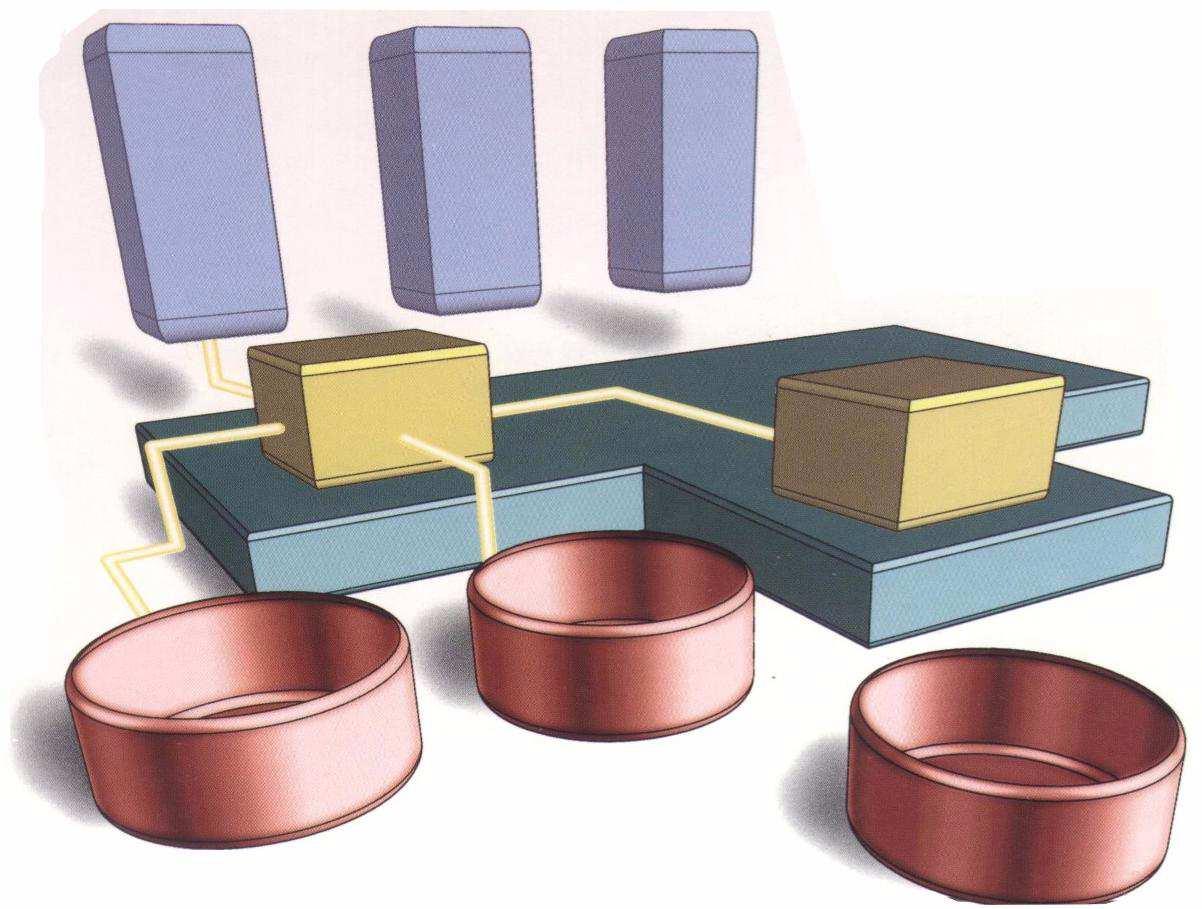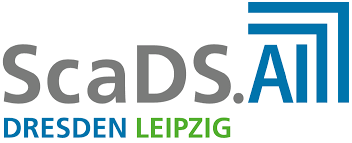With the program CRExplorer (Cited References Explorer) users can apply Reference Publication Year Spectroscopy (RPYS) to publication sets downloaded from Scopus or Web of Science. RPYS reveals quantitatively which historical papers are of particular importance for a given publication set. In this paper, we present some new advanced statistics included in CRExplorer to identify and characterize cited references (CRs) which have been influential across a longer period of time (i.e., many citing years). The indicators N_TOP50, N_TOP25, and N_TOP10 can be used to find those CRs with (significantly) higher impact than comparable CRs from the same publication year. Furthermore, CRExplorer analyses the sequence of citations across many citing years to identify specific types of citation distributions. For example, "hot papers" have early, but not late impact. The new statistics are demonstrated using all the papers published in the journal Scientometrics between 1978 and 2016. The analysis of the example dataset revealed, for example, that the paper by Lotka (1926) entitled "The frequency distribution of scientific productivity" belongs to the 10% most frequently cited publications in 36 citing years. However, such papers are exceptions; many publications show citation distributions which are characterized by changes in citation impact intensities over the citing years.



